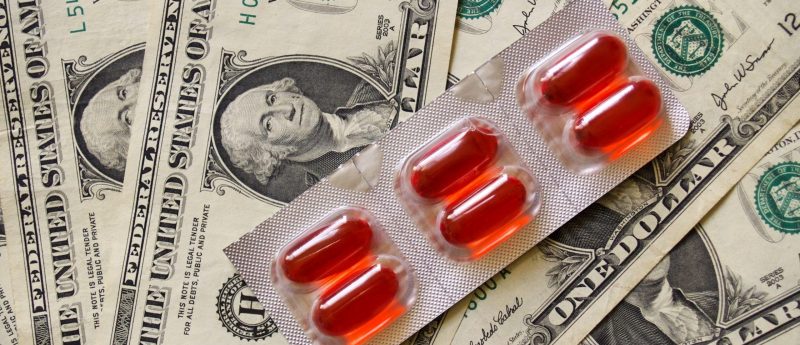MS patients face rising out-of-pocket drug costs

A cohort analysis of patients’ out-of-pocket, multiple sclerosis (MS) drug coverage payments has revealed that, under Medicare Part D, MS patients have faced a seven-fold increase in personal costs for drugs over the last decade.
Before 2009, only four disease-modifying therapies were approved for use in multiple sclerosis (MS) patients. In the last decade, seven more of these therapies have been approved for this indication. In a new analysis, researchers from the University of Pittsburgh (PA, USA) investigated trends in list prices, market shares and out-of-pocket spending on disease-modifying therapies for MS patients, who are beneficiaries of Medicare Part D. Researchers observed steep increases in both therapy list prices and patients self-funded costs over the last 10 years.
Inmaculada Hernandez, senior study author and Assistant Professor of pharmacy at the University of Pittsburgh, explained: “We wanted to see how increases in list prices translated to increases in out-of-pocket spending, and we discovered that actual price increases do get passed down to patients, and that can negatively affect access.”
Several of the most commonly prescribed MS drugs, such as Copaxone, Tecfidera and Avonex, act to reduce the severity of MS symptoms and flare-ups that can manifest in pain, vision loss and muscle weakness.
Frequently asked questions:
In the study, researchers analyzed Medicare claims data and observed that, despite increasing market competition — the most efficient and effective means of driving down drug costs — list prices of disease-modifying therapies for MS increased more than four-fold between 2006 and 2016, from an average of US$18,000 per patient per year, to US$76,000.
Further, due to the nature of the claims data analyzed, researchers were able to determine by what factor the out-of-pocket costs to the patients themselves increased over this same time period, as well as the greater costs to Medicare.
Researchers noted a ten-fold increase in Medicare spending on MS therapies, per 1000 beneficiaries, and a 7.2-fold inflation in patients personally funded costs.
This latter observation negates critics proposals that pharmaceutical rebates and coupons buffer the list cost inflation of disease-modifying therapies.
Hernandez continued: “We’re not talking about patients without health insurance here…We’re talking about insured patients, under Medicare. Still, they are paying much more for multiple sclerosis drugs than they were 10 years ago.”
Sources:
San-Juan-Rodriguez A, Good CB, Heyman RA, Parekh N, Shrank WH, Hernandez I. Trends in Prices, Market Share, and Spending on Self-administered Disease-Modifying Therapies for Multiple Sclerosis in Medicare Part D. JAMA Neurol. doi:10.1001/jamaneurol.2019.2711. (Epub ahead of print) (2019);
https://www.upmc.com/media/news/082619-hernandez-ms-drug-pricing
What are the symptoms of multiple sclerosis?
Some of the most common symptoms of MS include vision abnormalities, muscle weakness and spasms, neuropathic and/or musculoskeletal pain, dizziness, fatigue and poor balance.
How do multiple sclerosis drugs work?
The is currently no cure for MS, however, there are a variety of symptomatic relievers on the market for MS management. Depending on the form of MS, these drugs act to treat the general, or even specific, symptoms associated with MS relapses, or, to reduce the frequency of relapses.
